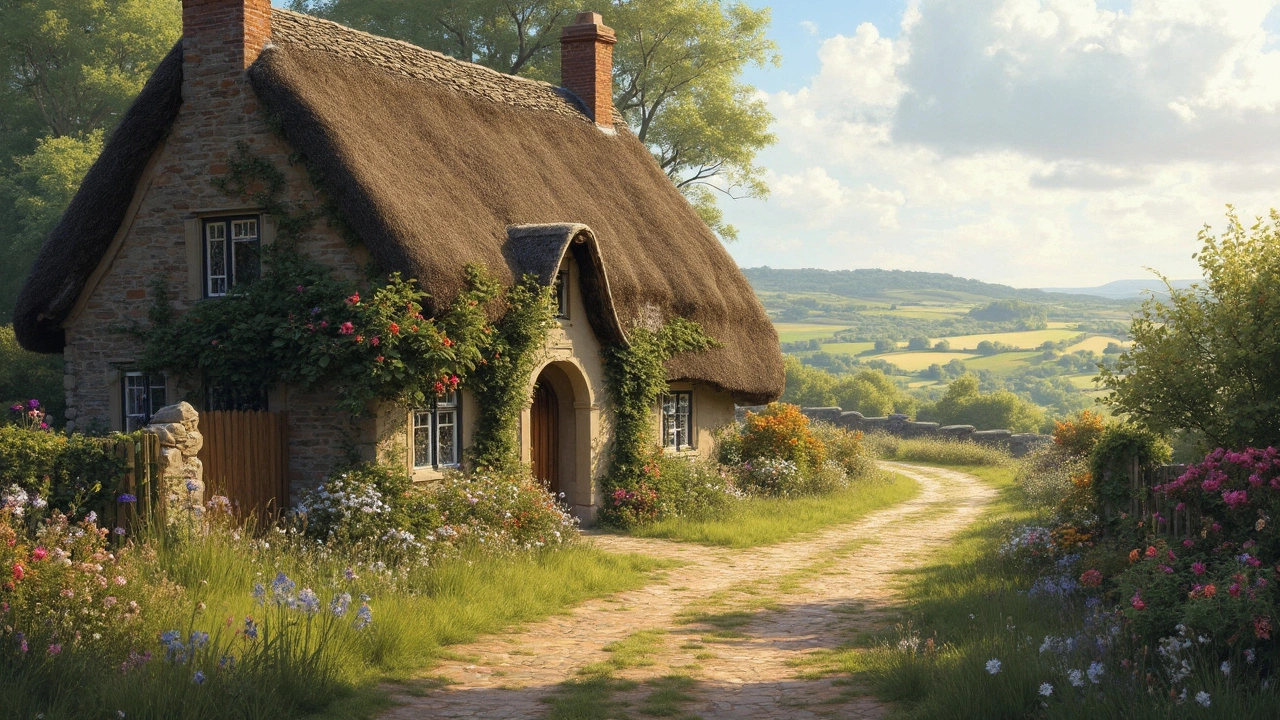Cottage Size – What Size Is Right for Your Getaway?
If you’ve ever walked into a cottage and wondered how many bedrooms it could hold or whether a second floor is even possible, you’re not alone. Cottage size can feel confusing because there’s no one‑size‑fits‑all rule. In Lancashire, you’ll find tiny one‑bedroom nooks, spacious three‑bedroom family homes, and even loft‑style retreats with two levels. Let’s break down the basics so you can pick a size that matches your needs without guessing.
How Many Bedrooms Can a Cottage Have?
Most cottages start with one or two bedrooms. A one‑bedroom cottage typically runs between 400‑600 sq ft, offering a cosy living area, a small kitchen, and a bathroom. Two‑bedroom cottages jump to roughly 800‑1,000 sq ft and add a master bedroom and a guest room or a flexible space that can become a study.
If you need more space for a family or a group of friends, three‑bedroom cottages are common in the region. These usually sit around 1,200‑1,500 sq ft, with a larger kitchen, a dining nook, and sometimes an extra bathroom. Four‑bedroom cottages exist too, but they’re rarer and often built as converted farmhouses or larger historic homes.
When counting bedrooms, remember that loft conversions count as a bedroom only if they have proper headroom (usually at least 2.3 m), a window, and safe access. Many owners add a loft bedroom to a two‑bedroom cottage to create a three‑bedroom layout without expanding the footprint.
What About Floors and Overall Square Footage?
Traditional cottages are single‑storey, but modern designs often add a second floor to fit a bedroom or an office space. In most UK planning rules, a cottage can have up to two storeys without needing a special permit, as long as the added floor doesn’t exceed the original roofline’s height by more than 2.5 m.
Square footage matters more than the number of floors. A well‑designed 1,200 sq ft cottage can feel larger than a 1,500 sq ft house with a cramped layout. Look for open‑plan living areas, generous windows, and clever storage solutions—these make any size feel spacious.
If you love open space, go for a cottage with a loft conversion and a ground‑floor bedroom. This layout gives you private sleeping quarters upstairs and a communal area downstairs, perfect for couples who want a bit of separation.
Don’t forget outdoor space. Many Lancashire cottages sit on 0.5‑2 acres, giving you room for a garden, a fire pit, or even a small barn. A larger plot can compensate for a smaller interior if you enjoy outdoor activities.
Finally, think about your stay length. For a weekend, a compact one‑bedroom cottage might be ideal. For a week‑long family holiday, aim for at least three bedrooms and a second floor to keep everyone comfortable.
Choosing the right cottage size boils down to how many people are staying, what activities you plan, and how much indoor versus outdoor space you value. Use the guidelines above to narrow down your options, then compare specific listings on The Lodges Lancashire to find the perfect fit for your next countryside escape.

What Qualifies as a Cottage? The Real Answer Starts Here
Wondering what really counts as a cottage? This article breaks down the details, from the typical features and history to the quirky rules that set cottages apart from just another house in the country. Get practical tips for identifying, choosing, or even styling your own place to meet the true 'cottage' vibe. We’ll keep things clear, honest, and straight to the point. Expect easy explanations with real-life examples for the rural cottage dream.
Continue Reading